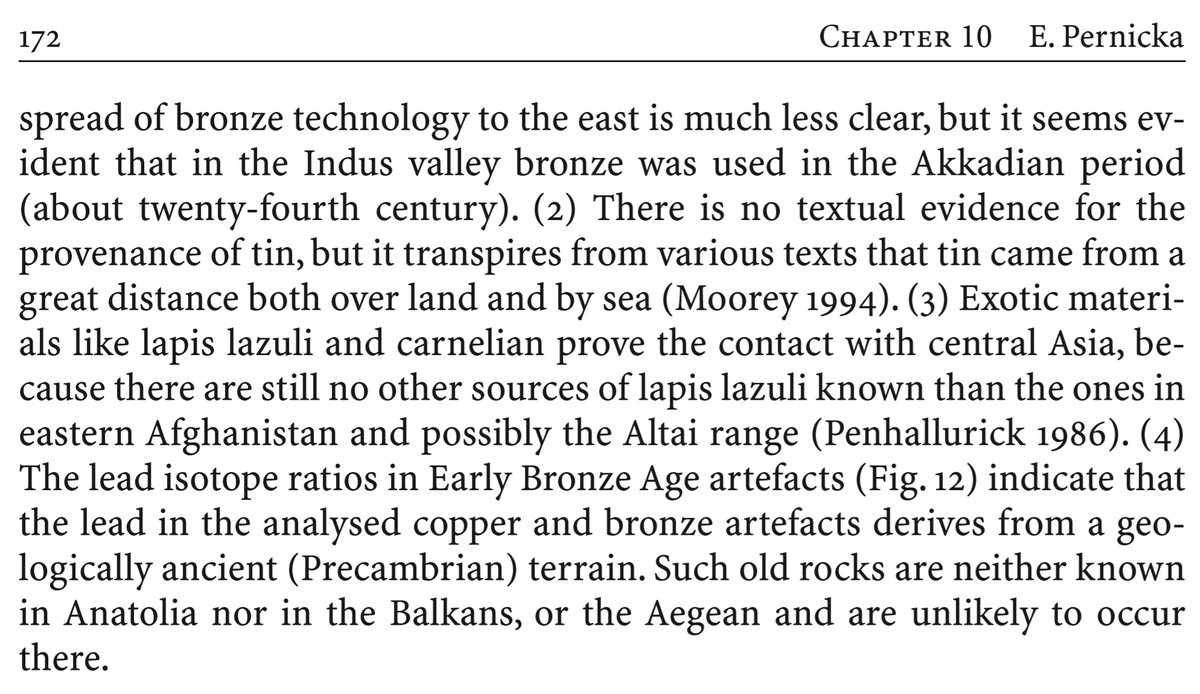
#TIL agricultural workers in South India, who typically spent 4-5 hours in the open with >30% of their skin exposed were found to be deficient in Vitamin D!
doi: 10.1093/ajcn/85.4.1062
Since no other factors seem to be at play, I presume timing of sunlight exposure is to blame.
doi: 10.1093/ajcn/85.4.1062
Since no other factors seem to be at play, I presume timing of sunlight exposure is to blame.
The same study (from 2007) on around 1200 individuals found >80% rural and >90% urban people had deficient/insufficient Vitamin D. I suppose the situation is even more alarming now, especially in urban India
This is truly scary as Vitamin D not only promotes calcium absorption..
This is truly scary as Vitamin D not only promotes calcium absorption..
..and keeps bones healthy but has "been linked to improving immunity, tiredness and muscle weakness, bone pain, depression...[and has] also been said to help stave off cancer and the consequences of ageing," diabetes, cholesterol and now, even anaemia bbc.com/future/article…
The important point is, in the tropics one can synthesise reasonable amounts of Vitamin D from sunlight only in the time window 11 am -2 pm. That is when sunlight has sufficient amounts of ultraviolet (UV) radiation from which the skin can make the vitamin. No luck at other times
Between 11am-2pm the scattering of the UV in the sunlight is lowest, meaning most of it reaches the Earth's surface. The more slanted the rays of the sun, the less effective sunlight is in helping you make Vitamin D. Beyond 35° latitude, virtually no Vit D can be made in winter!
That the sun's zenith angle (the angle from the vertical) makes a substantial difference to the amount of Vitamin D synthesised by the skin was shown by a simple experiment: exposing a sealed ampoule of 7-dehydrocholesterol (DHC) to sunlight and monitoring how much previtamin D..
..is produced. The UV radiation stimulates the DHC present in the skin, causing the formation of previtamin D, which is eventually converted into Vitamin D in the body. Strikingly, the formation of the previtamin is very low at times other than 11am-2pm.
doi: 10.4161/derm.23873
doi: 10.4161/derm.23873

So, the agricultural workers (referred to in the first tweet) were out mostly at daybreak and close to dusk, it is now unsurprising they were Vitamin D deficient.
If you wish to be healthy, take your mid-morning ☕ break at 11am, roll back your sleeves, remove any 👓 and
If you wish to be healthy, take your mid-morning ☕ break at 11am, roll back your sleeves, remove any 👓 and
..head out with your cup. You needn't actually stand in the sun: it is enough if you stand in a corridor/balcony/on the patio/sit on a bench under a tree, from where you can see 40-50% of the sky - even in a comfortable shade, your skin can produce adequate previtamin D provided
..it is exposed (for women, you can't beat the saree!), and the sunlight is not reaching your skin through glass/plastic panes (they absorb most of the UV!). Even without getting sunburnt, you can get all the Vitamin D you need by spending around 20 mins like this almost daily.
If one is in closed environs for most of the day (metro/ac office), one will get severely Vitamin D-deficient in no time. Employers absolutely must give their employees a break at around 11, and provide spaces where they can sun themselves comfortably: this should be a right.
In India - indeed anywhere in the tropics - I think this 👇🏾 is the best office one can have.
And we should avoid full sleeves like the plague.
And we should avoid full sleeves like the plague.
https://twitter.com/svembu/status/1516603031680610313?t=e7xeY1t5OYIxwxjp-U3rzw&s=19
No doubt, exposure to early morning sunshine also has a host of very important health benefits - again letting one's eyes without 👓 catch it early in the morning is probably a great idea - but Vitamin D synthesis is clearly not one of them.
https://twitter.com/BhagoliwalGagan/status/1569027463354920960?t=TrZaCGSHGiJEYsdYNVuHww&s=19
• • •
Missing some Tweet in this thread? You can try to
force a refresh





